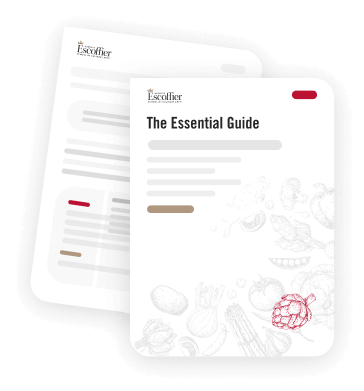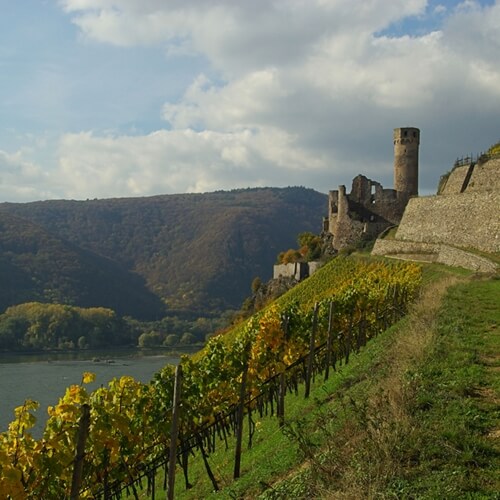Understanding German Wine

In a world-class beer culture, it is often all to easy to overlook the rich winemaking tradition of Germany. The majority of German vineyards and wine-growing regions are situated along the banks of the Rhine River. The combination of unique terroir and traditional production methods gives German wine a very special taste. Unfortunately, many wine lovers miss out on the great German offerings due to the seemingly complicated labels. However, once you are introduced to the separate parts of a German wine label, you will see that it is no different than your favorite French or American vintage.
The history of German wine
Wine production in Germany began with the Romans, who brought over their methods and wisdom when they conquered the region as far back as 100 B.C. Ancient Roman grape presses have been unearthed in sites such as Piesporter Goldtropfchen, demonstrating a truly long history of winemaking in the region. German monks took over the responsibilities of winemaking in the Middle Ages, cultivating great vineyards that have survived all the way up to present day. Queen Victoria coined the term “Hock” during the 19th century to refer to Rieslings from the town of Hochheim. This did a lot to bolster the popularity of German wine in Britain during that time. Unfortunately, the emergence of indistinguishable sweet wines during the 1960s and 1970s in American markets lead to the country’s tarnished reputation in international markets. However, fine German wines are finally making a comeback, which means you can expect to see a lot more funky labels in your local wine store.
Reading German labels
The stark blackletter script and long, unrecognizable words that are featured on German wine labels can often turn a person off from purchasing them. However, with a little bit of insider knowledge, these labels can be decoded in no time. The label will always include the wine producer and the town they are located. These are usually printed in the largest type. Next will come a variety of terms indicating the quality of the wine. QbA stands for Qualitatswein bestimmter Anbaugebiete and denotes the most common quality level of wine. In order to qualify as QbA, a wine must be grown in one of Germany’s 13 recognized wine regions but there are no restrictions on minimum levels of ripeness. QmP, however, stands for Qualitatswein mit Pradikat and denotes a wine whose grape hasn’t been harvested until it has met certain ripeness standards.
Hopefully this brief overview will give you a greater appreciation for the quality of German wine.


